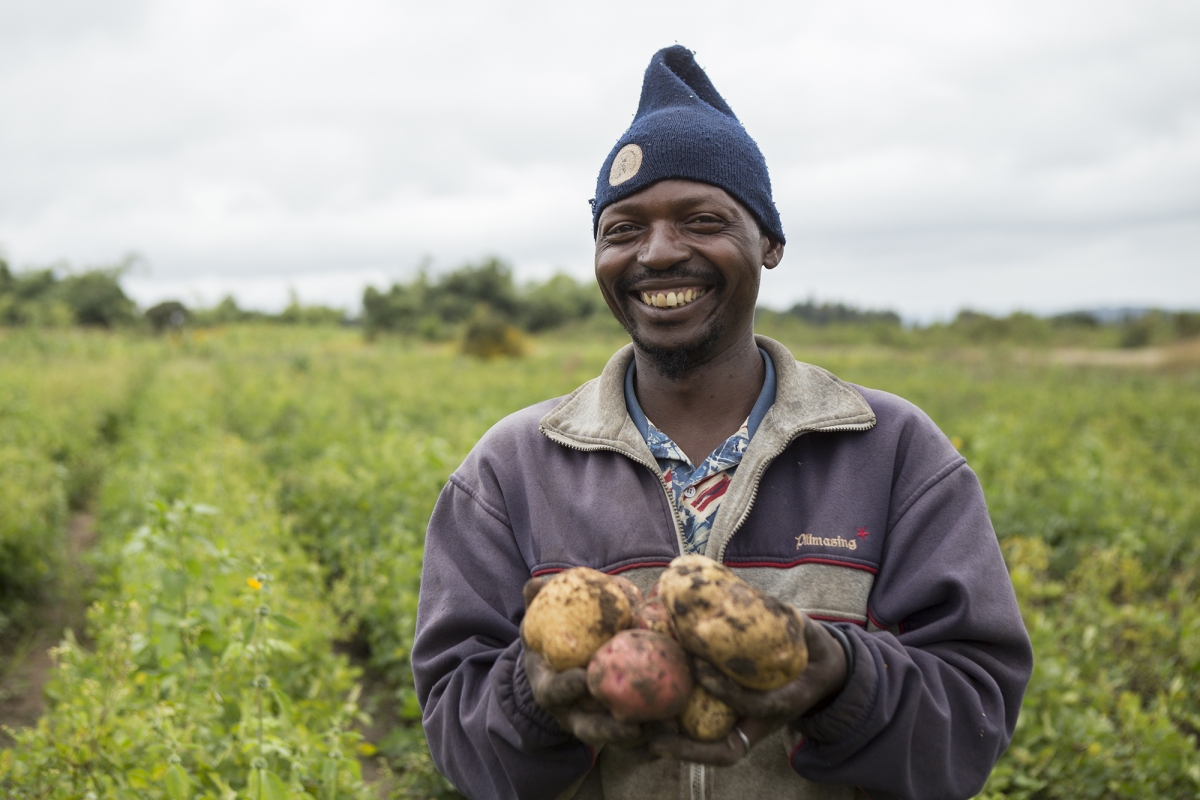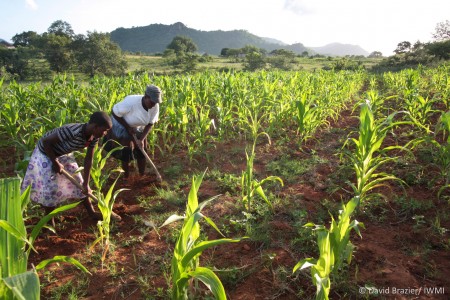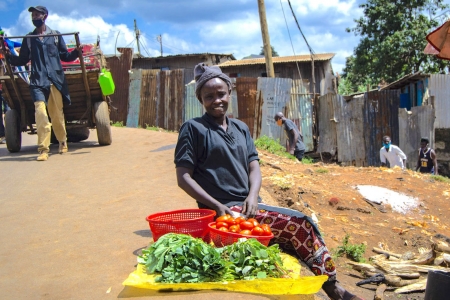The full version of this piece can be found at the STEPS Centre.
Is something missing from sustainable intensification?
Sustainable Intensification (SI) promises more food from the same amount of land, while minimizing pressure on the environment. In Sub-Saharan Africa, considerable research and effort has been put into achieving it – but without the expected success. So why has Sustainable Intensification (SI) not made as much progress as hoped in the region?
Much of the discourse suggests that the challenges are because of constraints on technology adoption, such as the absence of good policies and institutions, interrupted access to capital and markets, misrecognition of customary land tenure rights, or inadequacies of farmers’ skills and of the (soil and water) conditions on their farms. Challenges in other areas, like Sustainable Land Management (SLM) and Climate Smart Agriculture (CSA), are also attributed to these constraints.
The sheer intensity and diversity of the constraints makes one wonder if ideal technologies should be promoted at all – especially because smallholder farming systems in Sub-Saharan Africa (SSA) are highly varied. Although 80% of farms in SSA are smaller than 2 hectares in size, and this land is usually fragmented in 2 to 4 scattered plots, other ecological and social conditions are very different in different localities. So perhaps an ideal technology is not one that is “proven”, but rather one that is contextually-appropriate.
Scientists and civil society groups have already made the case that new technologies should be adapted to local agro-ecological conditions, that they ought to be scale-appropriate, and that they should be scalable from the household level to regional levels. What then is the “right kind” of SI, CSA or SLM technology to promote for a given context? How does one understand the enabling conditions given the diversity of constraints before introducing a new technology? Or, do we need to move beyond context-appropriate technologies and the constraints on their adoption to find other ways to appreciate SI, CSA or SLM?
Continue reading the rest of this post at the STEPS Centre.















Comments
This challenge is now being discussed since nearly 30 years. Robert Chambers pushed for feedback loops of 'participatory learning' setting the stage for a more people-centred view than (proven) technology-centred approaches, flagging the importance of the local context. Assuming most of us grew up with Robert's publications, and/or all those which followed, the questions could be, did we actually read those books, or are they already forgotten and we are running circles, or if we applied participatory approaches, what did we learn on how to do even better to understand adoption? In the earlier years we usually argued that many SLM practices might not offer sufficient short-term incentives for adoption. I guess this might still hold. The authors of the blog argue that indeed more knowledge is needed to understand (and facilitate) adoption as farmers operate under the influence of 'structural forces' and e.g. 'economic and cultural hierarchies'. What else did we learn?